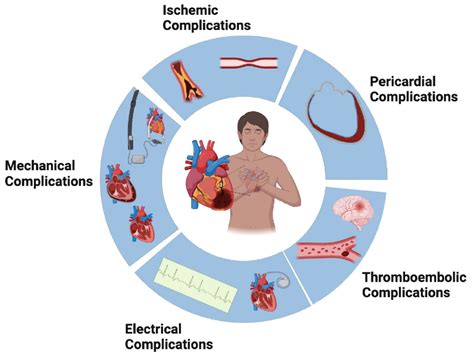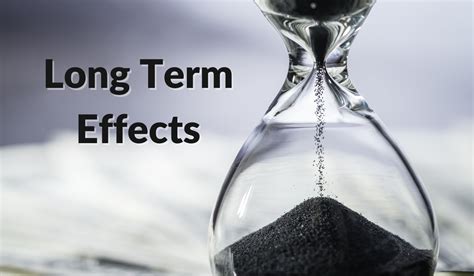Intro
Tonsil removal, also known as tonsillectomy, is a surgical procedure that involves removing the tonsils, which are two small glands located at the back of the throat. The procedure is often performed to treat recurring tonsillitis, sleep disorders such as sleep apnea, and other related conditions. While the surgery itself is relatively straightforward, the recovery process can be quite challenging. It's essential to understand what to expect during the recovery period to ensure a smooth and comfortable healing process.
The recovery period for tonsil removal typically lasts around 7-10 days, during which time the body needs time to heal and recover from the surgery. It's crucial to follow the doctor's instructions and take necessary precautions to avoid complications and promote healing. One of the most critical aspects of the recovery process is managing pain and discomfort, which can be significant in the first few days after surgery. The doctor may prescribe pain medication to help alleviate the discomfort, and it's essential to take the medication as directed.
Pain management is just one aspect of the recovery process. It's also important to focus on nutrition, hydration, and rest to help the body heal. Eating soft, bland foods such as yogurt, scrambled eggs, and mashed potatoes can help reduce discomfort while eating, and staying hydrated by drinking plenty of fluids can help keep the throat moist and promote healing. Getting plenty of rest is also crucial, as it allows the body to focus its energy on the healing process.
Tonsil Removal Recovery Process

The tonsil removal recovery process can be broken down into several stages, each with its unique challenges and requirements. The first stage, which lasts around 2-3 days, is often the most challenging, as the body is adjusting to the surgery and the pain and discomfort are at their peak. During this stage, it's essential to focus on pain management, nutrition, and hydration to help the body recover.
Stage 1: Immediate Recovery (0-3 days)
In the immediate recovery stage, the body is adjusting to the surgery, and the pain and discomfort are at their peak. It's essential to follow the doctor's instructions and take necessary precautions to avoid complications and promote healing. Some of the key things to focus on during this stage include: * Managing pain and discomfort with medication * Eating soft, bland foods to reduce discomfort while eating * Staying hydrated by drinking plenty of fluids * Getting plenty of rest to allow the body to focus its energy on the healing processPost-Operative Care

Post-operative care is critical to the recovery process, as it helps prevent complications and promotes healing. Some of the key things to focus on during the post-operative period include:
- Managing pain and discomfort with medication
- Eating soft, bland foods to reduce discomfort while eating
- Staying hydrated by drinking plenty of fluids
- Getting plenty of rest to allow the body to focus its energy on the healing process
- Avoiding strenuous activities, such as heavy lifting or bending
- Avoiding contact sports or activities that may cause injury to the throat
Stage 2: Intermediate Recovery (4-7 days)
In the intermediate recovery stage, the body is starting to heal, and the pain and discomfort are beginning to subside. It's essential to continue following the doctor's instructions and taking necessary precautions to avoid complications and promote healing. Some of the key things to focus on during this stage include: * Gradually introducing solid foods into the diet * Continuing to stay hydrated by drinking plenty of fluids * Getting plenty of rest to allow the body to continue healing * Avoiding strenuous activities, such as heavy lifting or bending * Avoiding contact sports or activities that may cause injury to the throatComplications and Risks

As with any surgical procedure, there are risks and complications associated with tonsil removal. Some of the potential complications and risks include:
- Bleeding or hemorrhage
- Infection
- Respiratory problems, such as difficulty breathing
- Reaction to anesthesia
- Numbness or tingling in the tongue or lips
- Change in voice or speech
Minimizing Risks and Complications
To minimize the risks and complications associated with tonsil removal, it's essential to follow the doctor's instructions and take necessary precautions. Some of the key things to focus on include: * Managing pain and discomfort with medication * Eating soft, bland foods to reduce discomfort while eating * Staying hydrated by drinking plenty of fluids * Getting plenty of rest to allow the body to focus its energy on the healing process * Avoiding strenuous activities, such as heavy lifting or bending * Avoiding contact sports or activities that may cause injury to the throatRecovery Tips and Tricks

Here are some recovery tips and tricks to help make the process smoother and more comfortable:
- Stay hydrated by drinking plenty of fluids
- Eat soft, bland foods to reduce discomfort while eating
- Get plenty of rest to allow the body to focus its energy on the healing process
- Avoid strenuous activities, such as heavy lifting or bending
- Avoid contact sports or activities that may cause injury to the throat
- Use a humidifier to add moisture to the air and help soothe the throat
- Avoid smoking or exposure to secondhand smoke
Returning to Normal Activities
After the recovery period, it's essential to gradually return to normal activities to avoid complications and promote healing. Some of the key things to focus on include: * Gradually introducing solid foods into the diet * Continuing to stay hydrated by drinking plenty of fluids * Getting plenty of rest to allow the body to continue healing * Avoiding strenuous activities, such as heavy lifting or bending * Avoiding contact sports or activities that may cause injury to the throatLong-Term Effects

The long-term effects of tonsil removal can be significant, and it's essential to understand what to expect. Some of the potential long-term effects include:
- Reduced risk of recurring tonsillitis
- Improved sleep quality
- Reduced risk of sleep apnea
- Improved overall health and well-being
Maintaining Good Health
To maintain good health after tonsil removal, it's essential to focus on nutrition, hydration, and rest. Some of the key things to focus on include: * Eating a balanced diet that includes plenty of fruits, vegetables, and whole grains * Staying hydrated by drinking plenty of fluids * Getting plenty of rest to allow the body to continue healing * Avoiding strenuous activities, such as heavy lifting or bending * Avoiding contact sports or activities that may cause injury to the throatWhat are the benefits of tonsil removal?
+The benefits of tonsil removal include reduced risk of recurring tonsillitis, improved sleep quality, and reduced risk of sleep apnea.
What are the potential complications and risks of tonsil removal?
+The potential complications and risks of tonsil removal include bleeding or hemorrhage, infection, respiratory problems, and reaction to anesthesia.
How long does the recovery process take?
+The recovery process for tonsil removal typically lasts around 7-10 days, during which time the body needs time to heal and recover from the surgery.
What can I do to promote healing and reduce discomfort during the recovery process?
+To promote healing and reduce discomfort during the recovery process, it's essential to follow the doctor's instructions, manage pain and discomfort with medication, eat soft, bland foods, stay hydrated, and get plenty of rest.
When can I return to normal activities after tonsil removal?
+It's essential to gradually return to normal activities after tonsil removal to avoid complications and promote healing. The doctor will provide guidance on when it's safe to return to normal activities.
We hope this article has provided you with a comprehensive understanding of the tonsil removal recovery process. If you have any further questions or concerns, please don't hesitate to comment below. Share this article with anyone who may be considering tonsil removal, and let's work together to promote good health and well-being. Remember to follow the doctor's instructions and take necessary precautions to avoid complications and promote healing. With proper care and attention, you can ensure a smooth and comfortable recovery from tonsil removal.
